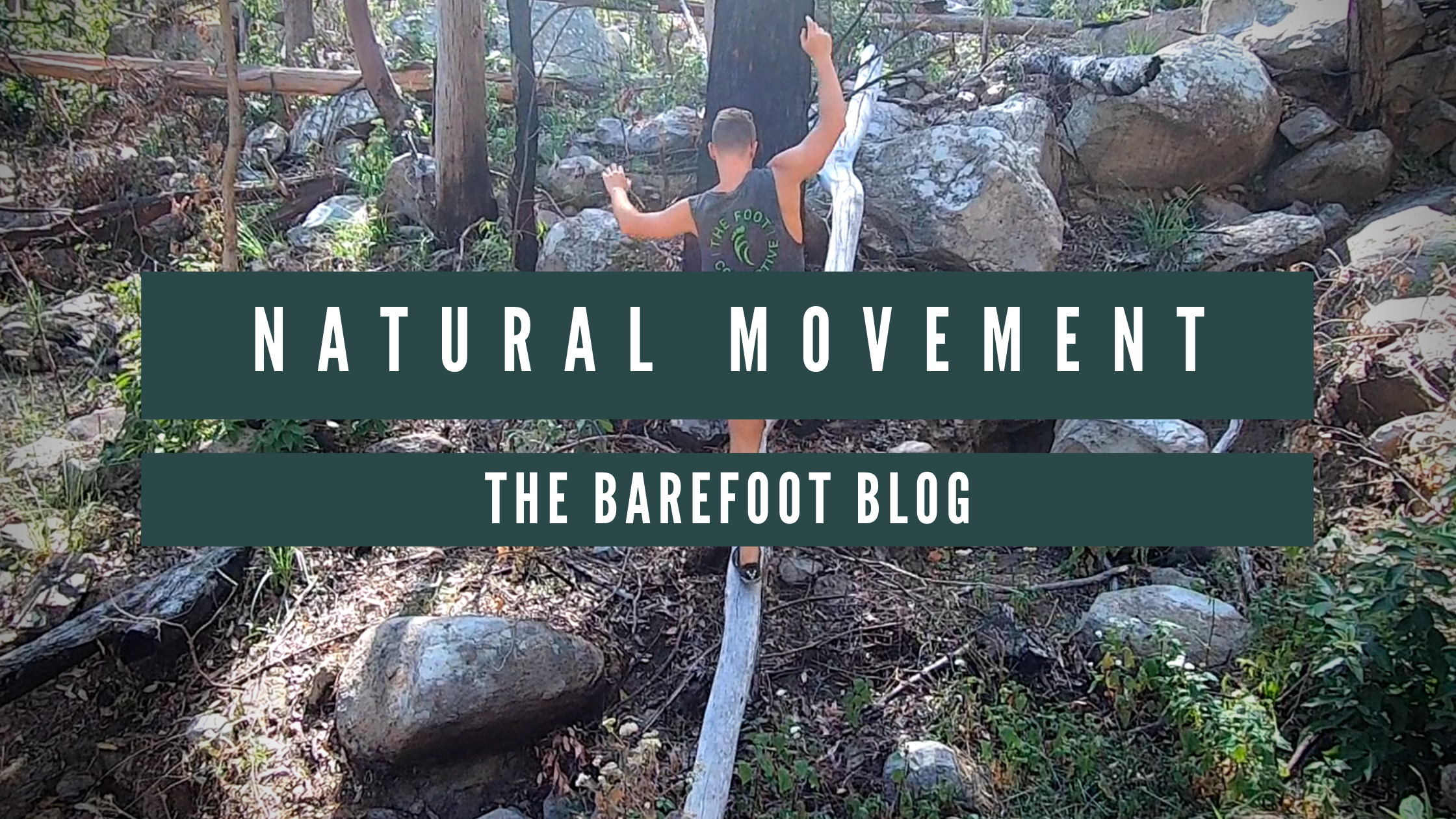Natural Movement

For the vast majority of our evolution as humans, we never had the option of being sedentary - we had to move frequently if we wanted to survive in the natural environment. As a species we developed a huge repertoire of fundamental movement patterns that allowed us to do this - things like crawling, squatting, walking, running, jumping, carrying, climbing, throwing and fighting. These movements also provided us with an ideal nutritious ‘movement diet’ that kept our bodies strong, mobile and resilient for as long as we lived.
Over time, our need for the frequent use of these gross movement patterns gradually decreased as the demand for fine motor skills gradually increased. The development and use of technology became an even more important survival and social trait than the ability to move with power, speed and skill through our environment. The more advanced the technology, the less we had to use our own time and energy into achieving a particular result - to the point now that the vast majority of us are sedentary for the majority of our day.
This is an ideal situation for the body in terms of short-term survival, however the fact that we no longer need these movements to survive does not mean that our bodies no longer need them to be healthy in the long-term. Without the input of movement and load, our bodies break down and become weak, stiff and painful. Without the input of natural movements like crawling, squatting, walking (a lot), running and climbing, our bodies become unbalanced and vulnerable to injuries and falls. We need the frequent use of these different patterns to keep our joints mobile and our muscles strong.
Learning to move naturally not only gives us a wide spectrum of key movement nutrients, it also prepares our bodies for unexpected or emergency situations in our daily life. The ability to run, sprint, jump, throw, lift, climb, balance and swim could literally make the difference between life and death for ourselves or our loved ones in extreme circumstances. In these situations our body goes into fight, flight or freeze mode and we fall to the level of our training - if our body is not already practised in these skills, we’re unlikely to be able to use them effectively or without injury.
So these days natural movement is actually a set of movement patterns and skills that we must learn and practice if we want to minimise injury, pain or disease throughout our life. We can use the common forms of natural movement as a screening tool for our bodies to see where we might be missing capacity or skill. We can use various methods to increase our ability to do these movements and we can then explore them in a playful way, in urban and natural environments. They can be a source of great utility and also great enjoyment.
Erwan Le Corre has done an admirable job of presenting a definition in his book The Practice of Natural Movement which also includes a progressive approach to learning these movements and skills.
He proposes the following characteristics of Natural Movement:
- Evolutionary - Natural Movement stems from the way our species has adapted to life in nature since the dawn of mankind
- Instinctual - We start developing fundamental Natural Movement patterns as infants without needing instruction
- Universal - Natural Movement is everyone’s birthright regardless of ethnicity, gender, or age.
- Practical - The primary purpose of Natural Movement is to be useful at ensuring basic physiological needs
- Vital - Natural Movement supports survival in life-threatening circumstances and ultimately serves biological fitness
- Unspecialised - Natural Movement skills are interrelated and work symbiotically
- Adaptable - Natural Movement adjusts to the diverse contextual variables and demands of the real world
- Environmental - Natural Movement originally developed as adaptive behaviour for the diverse natural environments in which early humans lived
- Progressive - Natural Movement capability is developed and should be maintained over time
- Efficient - Natural Movement capability is developed and should be maintained over time
- Mindful - Attention ensures efficiency in Natural Movement
- Cooperative - Humans use Natural Movement primarily for the benefit of the group or community they belong to
He also proposes the following principles for efficient movement:
- Breathing
- Position
- Tension-Relaxation
- Sequence and Timing
- Local Positional Control
And the following skills and patterns:
- Ground movements - lying, rolling, crawling, sitting, kneeling, getting up
- Balancing movements - single-leg stance, tandem walks
- Gait movements - walking, running, sprinting
- Airborne movements - jumping and landing
- Climbing movements - hanging, scaling, traversing
- Manipulation movements - lifting, carrying, throwing
Ideally, a functional adult human would have the ability to perform all of these movements effectively but the reality is that the majority of humans today simply cannot due to a lack of skill, conditioning or both. Our modern environments and lifestyles simply don’t promote the use of these movements and our body tends to do what it does best - conserve energy. The thought of fitting all of this into our busy lives can be overwhelming and it’s hard to know where to start. Head to our instagram @tfc.australia for some helpful tips on getting started.
Leave a comment